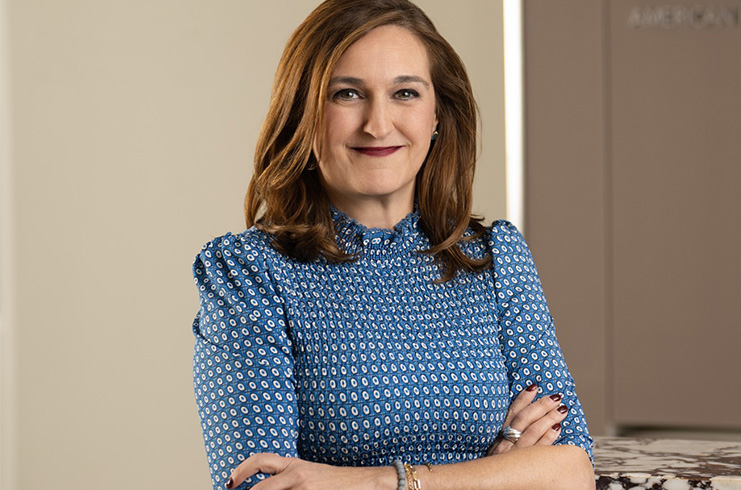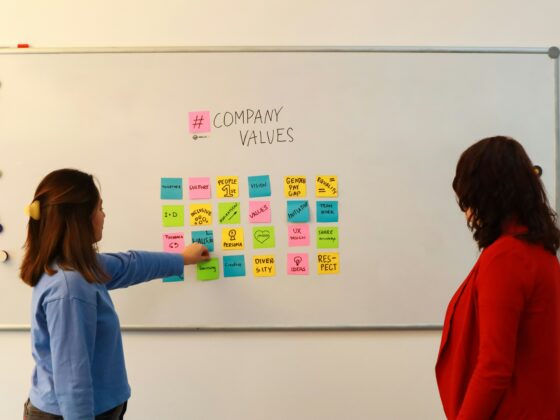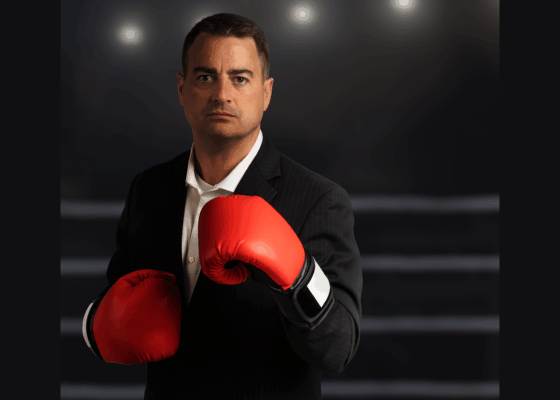
While much of the hospitality technology conversation at HITEC focused on AI and automation, Kara Heermans, SVP of Product & UEX at SONIFI, sees an equally powerful transformation happening in an often-overlooked place: the guest room television. In her view, hotel tech isn’t just about innovation for innovation’s sake. It’s about building tools that reduce friction for staff, elevate the guest experience, and quietly generate revenue behind the scenes.
Turning Screens into Revenue Engines
For decades, the in-room TV has been a static fixture—a necessary cost center but rarely a contributor to the bottom line. That mindset is changing. As Heermans put it, “We’re really trying to think about how the television screen can be a revenue generator rather than a cost center.”
SONIFI is testing capabilities that go beyond traditional entertainment, from QR code-driven bookings and dynamic promotional content to “FAST channels”—free, ad-supported streaming options that avoid interrupting the branded guest experience. These channels, she noted, offer an additional revenue stream for hotels without burdening guests or staff.
Importantly, digital integrations like TV-based QR codes offer both operational efficiencies and enhanced guest trust. “Anything printed in the room—who knows who left it there?” Heermans said, referencing reports of scammers placing fake QR codes in rooms. By embedding those codes directly into the guestroom TV experience, hotels can both eliminate paper waste and mitigate fraud risks.
Proactive Tech That Takes Care of Itself
SONIFI’s approach is increasingly influenced by lessons learned on the managed Wi-Fi and network side of its business. Its award-winning Authentication and Management Platform (AMP) platform includes capabilities like event-based room management, network architecture maps, and self-healing diagnostics. “We can proactively find where there are problems—and resolve them before they impact guests,” Heermans said.
That same philosophy is now being extended to in-room tech. Instead of waiting for a guest to call the front desk about a frozen screen or misfiring feature, hotels can soon expect systems that resolve issues on their own—or at least alert staff before problems escalate.
For hotel operators, the appeal is clear: fewer support calls, reduced downtime, and more consistent service delivery without additional headcount.
Data-Driven Simplicity, Not Complexity
One of the most practical opportunities Heermans outlined was the ability to offer late check-out and review services directly on the TV—no app download required, no trip to the front desk. “We’ve seen guests take advantage of it, and it saves the front desk time,” she said. It also helps the hotel effectively monetize the extra few hours to improve RevPAR.
In a similar vein, SONIFI is piloting mobile checkout flows via QR code, with plans to eventually support late checkout directly from guests’ mobile devices. The design thinking here isn’t about flash—it’s about building simple, intuitive workflows that cater to real traveler behavior.
Personalization Without Overreach
As personalization becomes a buzzword in hospitality tech, Heermans advocates for a balanced, thoughtful approach. “We’ve had the guest name on the screen forever,” she said. “But what can be next?” She envisions reordering on-screen promotions, content, and channel guides based on guest preferences—a hotel room experience that’s curated, not cluttered.
The long-term goal is twofold: create an experience that feels more like home, and deliver the right content to the right guest at the right time. If done well, it can boost guest satisfaction and hotel revenue in equal measure.
AI as a Partner, Not a Replacement
Like many tech leaders at HITEC, Heermans is closely watching the evolution of artificial intelligence—but with a practical eye. She sees AI as a tool for reducing repetitive tasks, enhancing support, and creating faster, smarter guest interactions—not replacing the human touch. “Hoteliers don’t want to get rid of hospitality,” she said. “They just want to focus on delivering it where it matters most.”







